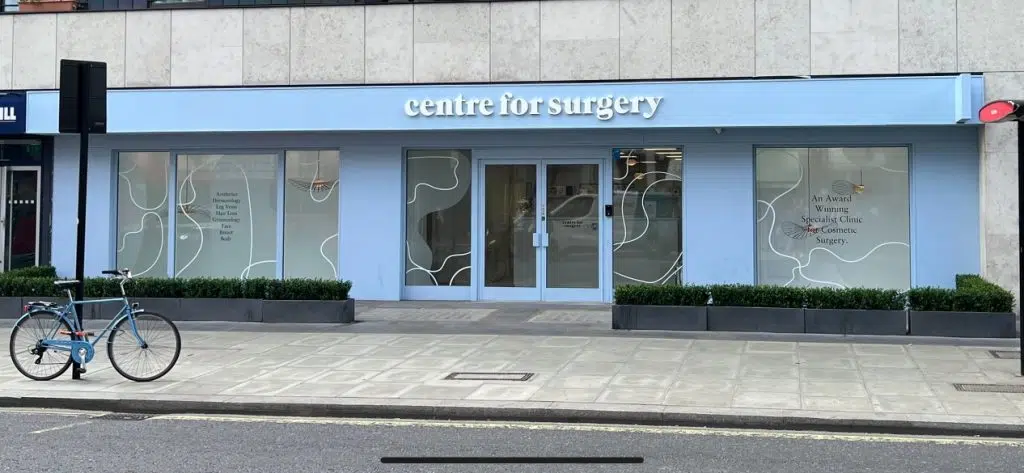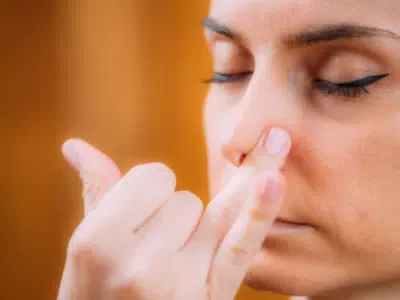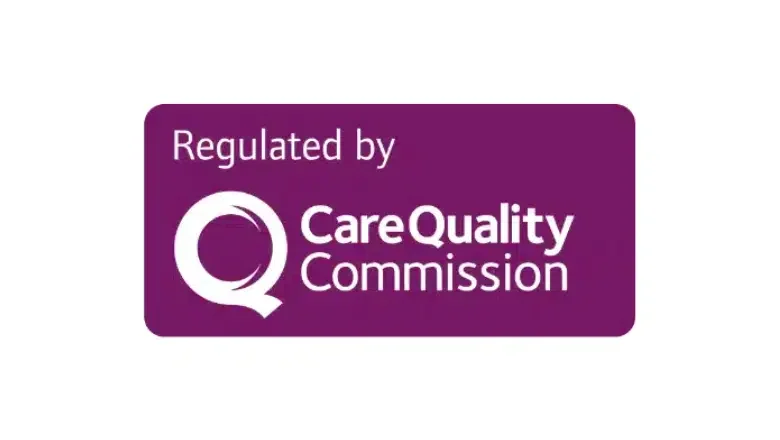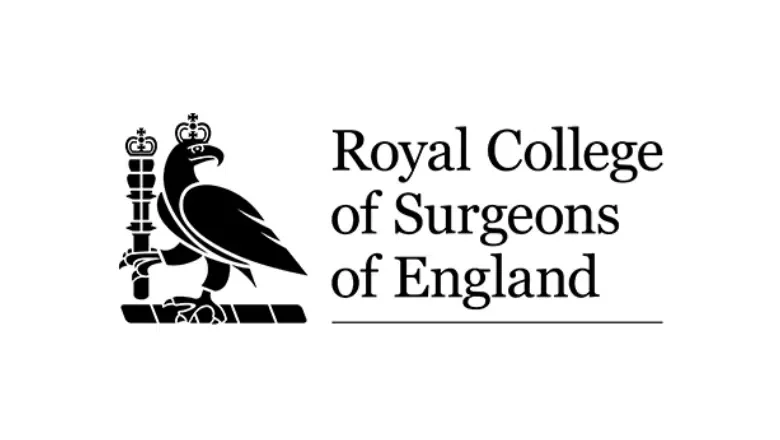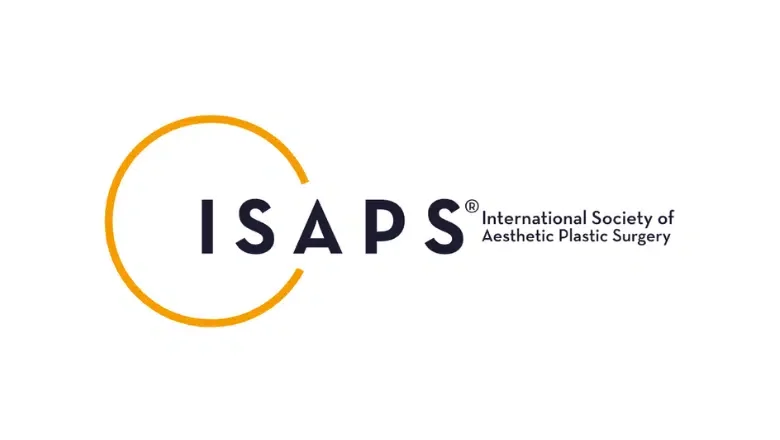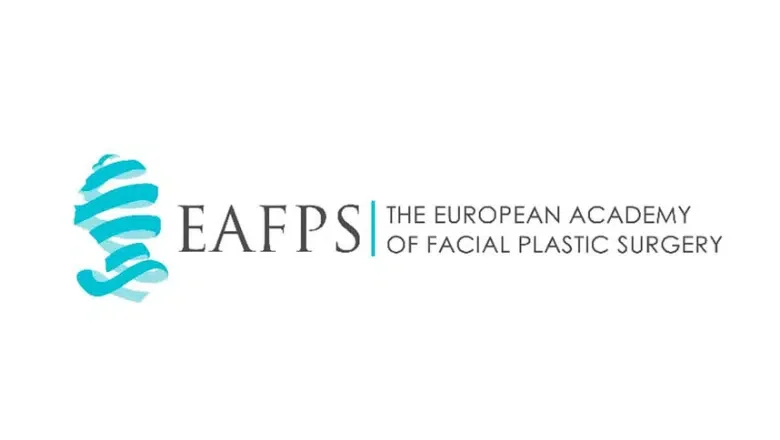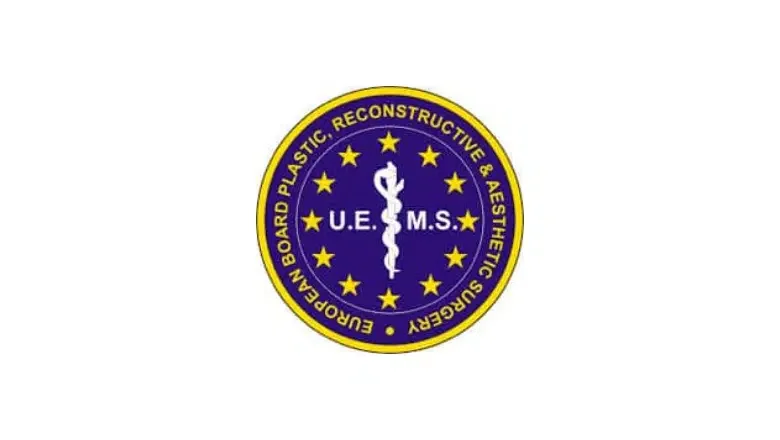The nasal septum provides structural support for the nose and facilitates airway patency to allow unrestricted passage of warmed and humidified air through the nose. A deviated septum or septal deviation may present in several ways, including S-shaped or C-shaped deviation, localised outpouching from the septum and septal perforation (hole in the septum). When a septal deviation occurs it can result in nasal airflow obstruction with the impaired flow of air through the nose leading to a blocked nose, snoring and sleep apnoea and recurrent nosebleeds.
If you think you may have septal deviation, we would recommend an expert assessment by a rhinoplasty specialist for consideration of a septoplasty procedure. There are a number of clinical features associated with septal deviation. Many partners report sufferers have noisy breathing during their sleep or they may have a preference for sleeping on one particular side.
RELATED: Key Facts And Myths About Rhinoplasty Surgery
What is a deviated septum?
A deviated septum refers to a medical condition where the nasal septum, the slender partition that segregates your nasal passages, is displaced or deviates from its central position. The nasal septum is typically positioned centrally, allowing for an even distribution of airflow through both nasal passages. However, in certain individuals, the septum may veer towards one side, creating an imbalance in the size of the nasal passages, with one becoming significantly smaller than the other.
RELATED: Breathing Better: How Septoplasty and Turbinate Reduction Can Help
The presence of a considerably deviated septum in an individual may lead to an array of physical difficulties. One of the prominent concerns includes an obstruction in one of the nasal passages. This obstruction can considerably impede the flow of air through the nose, thereby resulting in breathing difficulties. The diminished airflow through the narrower passage can potentially create a sense of discomfort when inhaling or exhaling.
In some instances, the deviated septum might also be subjected to the drying effects associated with the passage of air through the nose. This occurrence can occasionally precipitate complications such as crusting or bleeding in certain individuals. As the air passes through the narrower passage, it can cause the nasal tissues to dry out, which might subsequently result in crusting. Moreover, the increased airflow through the smaller passage may result in excessive dryness that can damage the delicate nasal tissues, leading to instances of nasal bleeding.
Hence, a deviated septum is not just a minor anatomical irregularity within the nasal structure, but it can also result in various complications that can impair the normal functioning of the nasal passages and affect an individual’s quality of life.
What causes a deviated septum?
What leads to septal deviation? Let’s dive into the main causes.
From Birth to Breath: Sometimes, a deviated septum is part of the story from the very beginning. It’s a condition some people are born with, a little quirk of development that occurs in the womb. This could be down to a variety of reasons, but it essentially means the septum didn’t align straight down the middle during fetal development.
When Life Hits Hard: Injuries are a major player in the story of deviated septums. A sharp knock to the face from playing sports, a tumble down the stairs, or any high-impact event can jolt the septum out of its place. Even if you’re careful, accidents happen, and they’re one of the top reasons people end up with this condition.
The Ageing Game: Just like the rest of our bodies, the inside of our nose changes as we get older. These changes can sometimes lead to a deviation in the septum. It’s all part of the body’s natural ageing process, where tissues can shift or weaken over time.
Surgical Side Effects: Surgeries inside the nose, whether for cosmetic reasons like rhinoplasty or health reasons like correcting sinus issues, sometimes have unexpected outcomes. One of these could be a deviated septum, especially if the surgery involves significant alterations to the nasal structures.
Environmental Influences: While not as common, long-term exposure to certain environmental factors, like air pollution or irritants, might play a role in nudging that septum aside. Although it’s less direct than a physical impact, the ongoing irritation could potentially contribute to a deviation over time.
How do you fix a deviated septum?
Having a deviated septum can cause many issues and is the most common reason for carrying out a septoplasty or nose septum surgery which is often combined with a cosmetic rhinoplasty this procedure is known as a septorhinoplasty. Some of these issues may involve sleeping, general breathing and more. The septum is the piece of bone positioned in the centre of your nose which separates your nostrils.
RELATED: Turbinoplasty
What is septoplasty?
Septoplasty is a surgical procedure involving the reconstruction of the nasal airway for functional benefit. Septoplasty aims to provide improved nasal airflow in patients who suffer from nasal airway obstruction.
Is a deviated septum always the cause of nasal airflow obstruction?
There are a number of recognised medical conditions which can give rise to the feeling of a ‘blocked nasal passage’, including turbinate bone enlargement, septal deviation, external nasal valve collapse, previous surgery resulting in scar tissue and conditions which affect the internal lining of the nose also known as the mucosa. All of the above can result in the development of disordered airflow, also known as turbulent airflow or resistance to adequate airflow, which can give rise to symptoms and signs of nasal obstruction. Our rhinoplasty surgeons are trained in the aesthetic and functional correction of the nose and septum to correct all types of septal deviation.
What are the benefits of deviated septum surgery?
Septum correction Surgery has the ability to improve your breathing and effectively treat any symptoms associated with septal deviation. The procedure can effectively eradicate sinus pain, headaches, recurrent nosebleeds or difficulty in breathing that may have a significant impact on your quality of life. Choosing to have septoplasty at Centre for Surgery could be the ideal treatment option to improve your breathing.
Is nose septum surgery covered by private medical insurance?
In a number of cases, septoplasty may qualify for insurance coverage. Your surgeon will be able to advise you at consultation on whether septoplasty can be covered by your insurance policy.
Can septoplasty be combined with a cosmetic rhinoplasty?
Rhinoplasty surgery is very commonly combined with septoplasty and this procedure is known as septorhinoplasty. Combining rhinoplasty and septoplasty together means you can have one combined procedure with one single recovery period. In many cases, cartilage grafts are removed from the septum and are often needed during a cosmetic rhinoplasty surgery as a structural graft. Choosing to have a cosmetic rhinoplasty after your septoplasty procedure may then mean that this valuable cartilage from the septum is then not available for use as a structural graft during rhinoplasty and your surgeon may then need to remove cartilage from either your ear or ribs. Combining the two procedures also means a single recovery period rather than having to undergo two separate recovery periods.
How is a septoplasty performed?
Septoplasty or nose septum surgery can be performed under both local and general anaesthetic. In most septoplasty surgery, the procedure is carried out as a closed procedure which means all incisions are made within the nose to expose the underlying cartilage and bone with no visible incisions on the nasal skin. In complex septoplasty cases, an open procedure is often required to fully visualise the septum making it easier to see where the septum deviates. The surgeon will next remove the part of the septum which is causing the issue and reattach it in the correct position using fine stitches. After the bone is securely anchored to reinforce the cartilaginous part of the septum, the nose will be closed with dissolvable stitches. The procedure takes approximately 60 to 90 minutes to perform. Once the septoplasty procedure is complete, your surgeon may insert internal splints to maintain the shape of the septum during the recovery period. Many patients ask us if they can get a nose job with a deviated septum. This will depend on the severity of your breathing difficulty symptoms as well as the extent of correction required. The surgeon will need to assess you to determine if rhinoplasty can be performed without compromising your breathing difficulty even further. In most cases, septorhinoplasty is the ideal procedure to address a deviated septum with septal correction and to improve the cosmetic appearance of the nose with rhinoplasty.
How does a septoplasty differ from a rhinoplasty?
A rhinoplasty is a cosmetic procedure which alters the size and shape of someone’s nose most commonly for aesthetic purposes but also as part of a nasal reconstruction procedure. Rhinoplasty surgery is more for changing the appearance of the nose. However, a septoplasty is more for addressing functional issues. Having a deviated septum hinders your breathing and ability to sleep comfortably.
RELATED: How to make your nose smaller
When is the right time to fix my deviated septum?
Patients who have significant breathing difficulties with an impact on the quality of life may be suitable candidates for a septoplasty. There may be a number of causes of breathing difficulty but if a septal deviation is diagnosed as the cause of your problem, this can be effectively treated with nasal septum surgery. A deviated septum does not improve on its own over time and should not be left alone. A deviated septum most commonly gets worse with time without treatment as the ageing process results in structural changes to the nose throughout your lifetime.
What happens if a deviated septum is not treated?
Leaving a deviated septum untreated might seem minor, but it can lead to significant issues over time:
- Constant Congestion: One side of your nose could feel perpetually blocked, making it hard to breathe freely.
- Sinus Problems: Poor drainage due to a deviated septum can cause recurring sinus infections, bringing pain and discomfort.
- Sleep Issues: Snoring and potentially serious conditions like sleep apnoea can disturb your rest, impacting overall health.
- Postnasal Drip: An uneven airflow may lead to a constant need to clear your throat, which can be both annoying and uncomfortable.
- Nosebleeds: Dryness inside your nose might increase your chances of frequent nosebleeds.
- Headaches: The pressure and congestion can trigger regular, painful headaches.
Is it worth having deviated septum surgery?
The decision to undertake surgery for a deviated septum is largely dependent on the severity of your symptoms and the impact they have on your daily life. If your deviated septum doesn’t significantly impede your ability to breathe and isn’t the root cause of recurrent sinus infections, it’s generally deemed acceptable to avoid surgical intervention. In essence, if it doesn’t significantly compromise your quality of life, surgery may not be necessary.
However, if you find that your deviated septum is obstructing one or both of your nostrils to such an extent that breathing through your nose becomes challenging or even impossible, you might wish to consider surgery as a viable option. Under such circumstances, the benefits of correcting the septal deviation could vastly improve your overall well-being and functionality, making the surgery worth considering.
It’s important to note that a surgical procedure to correct a deviated septum, known as a septoplasty, is typically less invasive than a cosmetic rhinoplasty. As such, the associated post-operative swelling and healing process should be relatively manageable. It’s a collaborative effort between you and your surgeon to ensure optimal recovery and healing following the procedure.
Why Choose Centre for Surgery?
During your consultation appointment with the surgeon, you’ll have the opportunity to discuss your objectives for the upcoming surgical procedure, keeping in mind the present structure of your nose and the feasible outcomes. Modern, specialist technology may be used during this appointment to produce a visual representation of the likely results of the surgery, depending on the specific expertise of the specialist you’re meeting with.
This consultation isn’t only about visualising the expected outcomes. You will also engage in a comprehensive conversation regarding the recovery period that follows the procedure, as well as potential risks and complications that may arise. This is done to ensure that you are fully informed about the process and are able to make a decision that is in your best interest.
Additionally, the surgeon will review your previous medical history as part of assessing your readiness for the surgical procedure. Details about any past surgeries, medications you are currently taking, known allergies, and other relevant health information will be documented. During this period, you are encouraged to maintain open lines of communication with the Centre for Surgery. You may reach out to your patient advisor at any point to discuss any queries or concerns regarding your upcoming procedure(s) or possible follow-up revisions.
At Centre for Surgery, we regularly perform functional rhinoplasties, also known as septoplasties. Our team of rhinoplasty surgeons are recognised leaders in their respective fields, equipped with the expertise to deliver top-notch care and surgical outcomes. If you are contemplating any of the procedures mentioned, we invite you to reach out to us today to schedule a consultation with an experienced surgeon. Your journey towards improved nasal function and aesthetics could very well begin with us.
We would recommend booking a consultation at our Baker Street clinic by calling us on 020 7993 4849 or by filling in the contact form below.
RELATED: Can you get a nose job on the NHS?

